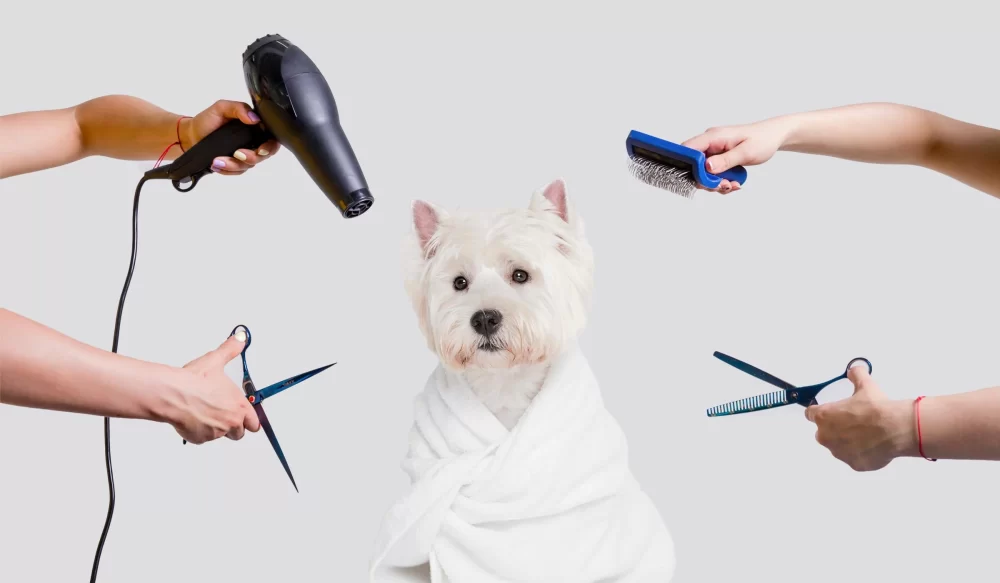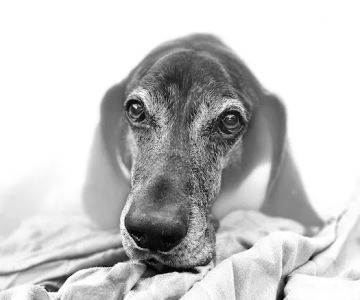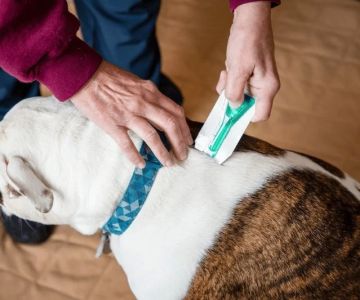- preparing-for-home-dog-grooming
- essential-tools-and-products
- step-by-step-safe-grooming-process
- common-challenges-and-how-to-handle-them
- expert-advice-for-maintaining-dog-health-through-grooming
1. Preparing for Home Dog Grooming: Setting the Foundation for Safety and Comfort
Before starting any grooming session, it’s vital to prepare both yourself and your dog. Grooming at home safely and effectively begins with understanding your dog’s temperament and health condition. Dogs with sensitive skin, anxiety, or specific medical needs require special attention. For example, my friend Sarah’s golden retriever once developed irritation because of unsuitable grooming products. She learned to choose mild shampoos and approach the process gently, preventing future discomfort.
Preparing the grooming space is equally important. Choose a quiet, well-lit area with a non-slip surface to keep your dog comfortable and secure. Have all tools within easy reach to avoid leaving your dog unattended mid-groom. This preparation not only ensures safety but also reduces stress for both you and your furry friend.
1.1 Understanding Your Dog’s Coat and Skin
Different breeds have distinct grooming needs based on their coat types—whether short, long, curly, or double-coated. Knowing these specifics helps tailor your grooming approach. For instance, double-coated breeds like Siberian Huskies require careful brushing to avoid damaging their undercoat, whereas poodles need regular clipping to maintain their curly fur.

468 Cassat Ave, Jacksonville, FL 32254, USA
See Details1.2 Preparing Your Dog Mentally and Physically
Start with short, positive grooming sessions to build trust. Use treats and calm tones to create a pleasant experience. This mental preparation is crucial for dogs prone to nervousness. Also, check for any skin issues, wounds, or ticks before grooming, which can help you avoid causing pain or infection during the process.
2. Essential Tools and Products for Safe and Effective Home Dog Grooming
Having the right tools is key to successful grooming at home. The quality and appropriateness of grooming tools directly impact the safety and comfort of your dog.
2.1 Grooming Brushes and Combs
Select brushes suitable for your dog’s coat type. Slicker brushes work well for removing tangles in long-haired breeds, while bristle brushes suit short coats. A metal comb helps detect mats and debris, ensuring a thorough grooming session.
2.2 Clippers and Scissors
For trimming, invest in high-quality clippers with adjustable blades to control the length and avoid cutting too close to the skin. Rounded-tip scissors enhance safety when trimming sensitive areas like around the eyes or paws.
2.3 Shampoos and Conditioners
Choose shampoos formulated for dogs, avoiding harsh chemicals. Hypoallergenic or oatmeal-based shampoos benefit sensitive skin. Conditioners can help maintain a healthy coat and reduce tangling, especially for long-haired breeds.
2.4 Additional Supplies
Don’t forget nail clippers, ear cleaning solutions, and dog-friendly towels. Nail trimming is crucial to prevent discomfort and injury, while regular ear cleaning reduces the risk of infections.
For a comprehensive selection of grooming products tailored to your dog’s specific needs, visit Hidden Brook Veterinary, where expert guidance ensures you find the best tools and supplies.
3. Step-by-Step Safe Grooming Process to Achieve Effective Results
Following a structured approach minimizes risks and maximizes grooming effectiveness. Here’s a detailed process to help you groom your dog safely and confidently at home.
3.1 Brushing and Detangling
Begin by brushing your dog to remove loose fur and tangles. Work gently from the skin outward, paying special attention to problem areas like behind ears and under the legs. This step prepares the coat for washing and clipping, preventing mats from tightening further.
3.2 Bathing Your Dog
Use lukewarm water to wet the coat thoroughly. Apply a dog-safe shampoo evenly, avoiding the eyes and inside ears. Rinse thoroughly to prevent residue that could irritate the skin. Finish with a conditioner if appropriate, then dry your dog with a towel or low-heat dryer, ensuring not to overheat sensitive skin.
3.3 Trimming and Clipping
Start trimming with clippers set at a safe length, following the natural growth direction of the fur. Be cautious around sensitive areas and use scissors for precision cuts. If your dog is uneasy, take breaks and offer reassurance to maintain calmness throughout the session.
3.4 Nail Care and Ear Cleaning
Trim nails carefully, avoiding the quick (the blood vessel inside the nail). Use a nail file to smooth rough edges. Clean ears with vet-recommended solutions, gently wiping away dirt and wax. This helps prevent infections and discomfort.
4. Common Challenges in Home Dog Grooming and How to Handle Them
Grooming at home presents some typical hurdles, but with preparation and knowledge, you can overcome them.
4.1 Dealing with Resistant or Anxious Dogs
Some dogs resist grooming due to fear or past trauma. Gradual desensitization—breaking grooming into short, positive sessions—can help. Using treats and calm voices reinforces good behavior. If challenges persist, consulting a professional groomer or behaviorist might be necessary.
4.2 Handling Mats and Tangles
Mats can be painful if pulled. Use detangling sprays and gently work with a slicker brush or comb. Severe mats may require trimming or professional removal to avoid skin injury.
4.3 Maintaining Safety During Grooming
Always check tools for sharpness and cleanliness. Avoid grooming in slippery areas. Keep first aid supplies handy for minor cuts or scrapes. Remember, patience and attentiveness prevent most accidents.
5. Expert Advice for Maintaining Your Dog’s Health Through Regular Grooming
Grooming is not just about appearance—it’s an essential part of your dog’s health care routine. Regular grooming helps detect health issues early, such as lumps, skin infections, or parasites.
5.1 Monitoring Skin and Coat Condition
Frequent grooming sessions provide opportunities to examine your dog’s skin and coat. Notice changes in texture, color, or the presence of bumps and seek veterinary advice when needed.
5.2 Establishing a Grooming Routine
Consistency is key. Depending on the breed and lifestyle, grooming frequency varies. For example, active outdoor dogs may require more frequent baths and nail trims than indoor pets.
5.3 Professional Support and When to Seek It
While home grooming is valuable, professional groomers offer expertise for complex trims, breed-specific cuts, or dogs with special needs. Hidden Brook Veterinary provides trusted referrals and high-quality grooming services tailored to your dog’s health and comfort.
By learning how to groom a dog at home safely and effectively, you strengthen the bond with your pet while ensuring their wellbeing. Combining patience, the right tools, and expert advice creates a positive grooming experience that benefits both you and your dog.











